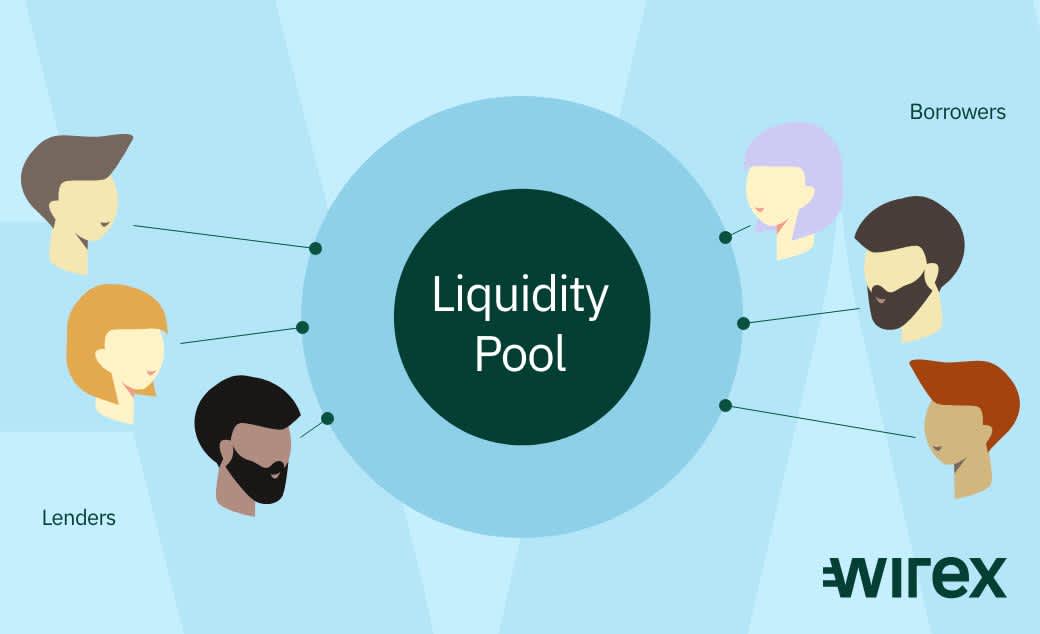DeFi, DeFi, DeFi
DeFi is everywhere these days. After emerging as seemingly just another crypto buzzword a few years back, the concept has since gained serious prominence in the industry. If you’re not sure what it’s all about, start by checking out our Beginner’s Guide to DeFi which lays it down in simple terms.
DeFi is short for Decentralised Finance and refers to financial services that seek to bypass traditional, centralised financial intermediaries such as banks, and use blockchain technology instead. It aims to make financial services accessible to anyone and everyone and give them complete control over their own assets.
The majority of DeFi projects operate on the Ethereum network, which has the largest blockchain-based smart contract ecosystem in the world.
What is DeFi staking?
So, we know what DeFi is, but what is DeFi staking? Put simply, staking is the act of holding a certain amount of crypto tokens in order to earn passive income from them. It describes the transaction validation process on a proof-of-stake (PoS) blockchain, in which anyone with a minimum balance of a specific cryptocurrency can validate transactions and earn rewards in return. Whoever get to do so is chosen at random, but the more crypto you stake, the higher your chances are of being picked by the protocol.
Staking is an increasingly popular and less resource-intensive alternative to proof-of-work (PoW) mining, which is another way of verifying crypto transactions and adding them to the blockchain. So popular, in fact, that as of January this year there were between $21-23 billion worth of assets staked in DeFi platforms.
Why do people do it?
Generating profit through DeFi is generally considered safer and less risky than doing so via more traditional means, thanks to blockchain’s secure nature. This means DeFi earning is less prone to common issues affecting the traditional, centralised financial system, such as corrupt practices.
DeFi staking also typically earns you higher levels of interest than any traditional financial institution, thanks to the lack of middlemen involved. Users also benefit from having complete control over their funds.

How does it work?
To earn interest through staking, you need to deposit your cryptocurrency into a DeFi protocol or platform that will pay you what’s known as Annual Percentage Yield for it (APY).
Staking your crypto basically means you are lending it to the network in question, to help it validate transactions. The interest you earn is a reward for lending your tokens, paid by the network. To do so, the network assigns a miner (or ‘node’) the right to validate a transaction when it has a certain stake of tokens. When the node has completed its work, more tokens are added as a reward and the now larger stake is returned to its original investor.
DeFi staking usually requires a minimum amount of tokens in order to establish a staking pool, plus a fixed amount of time you’re required to lock up your tokens for (top tip: X-Accounts don’t require either).
Where do X-Accounts come into it?
X-Accounts offer a hassle-free way to benefit from DeFi-powered savings. Customers can add funds to up to 10 X-Accounts for currencies of their choice and start earning up to 16% AER* back on their balances.
Savings are calculated daily and paid weekly, plus you can withdraw your funds for free whenever you like.
The even better news is that you don’t need to understand DeFi to benefit from X-Accounts. We do all the hard work behind the scenes and you get instant access to high interest rates, without the high fees.
Start earning in a couple of taps, then sit back and start planning that holiday you’ve been saving up for. Open the app and create your X-Accounts today.
*Earnings apply to fiat converted to stablecoins. Subject to T&Cs
